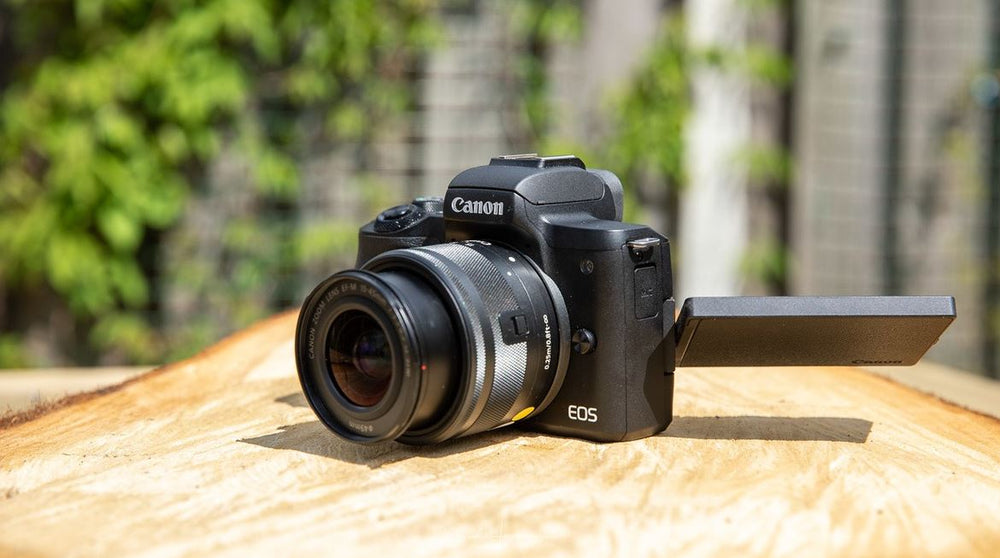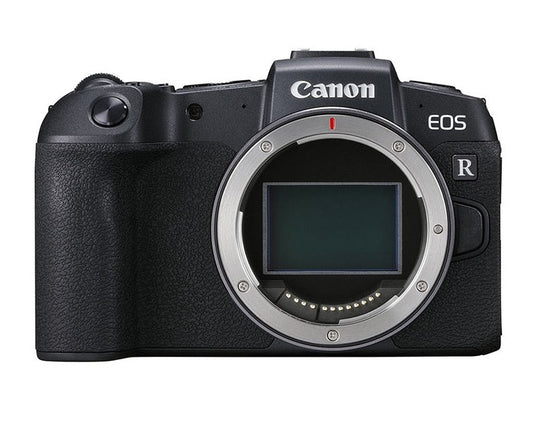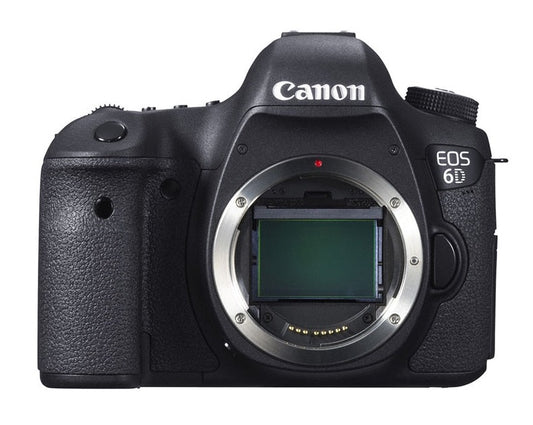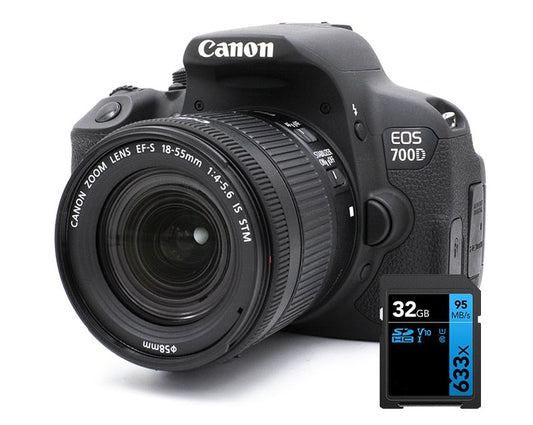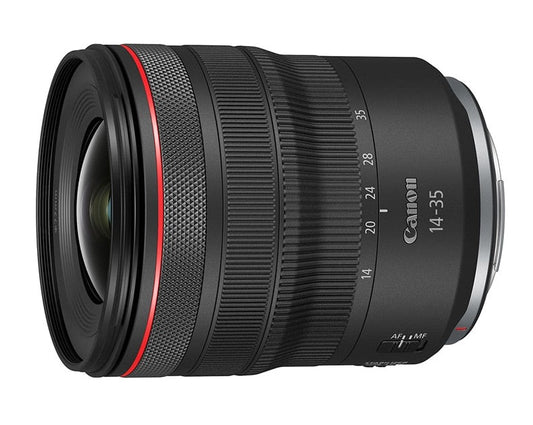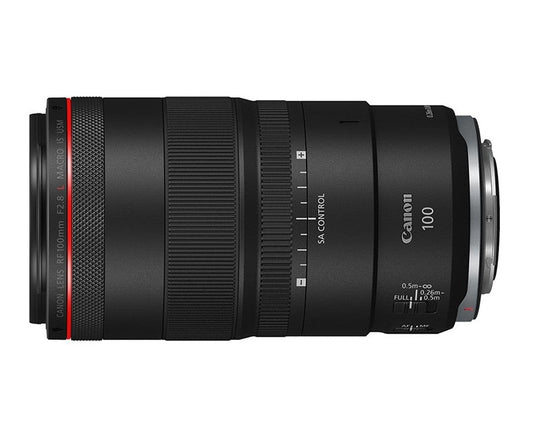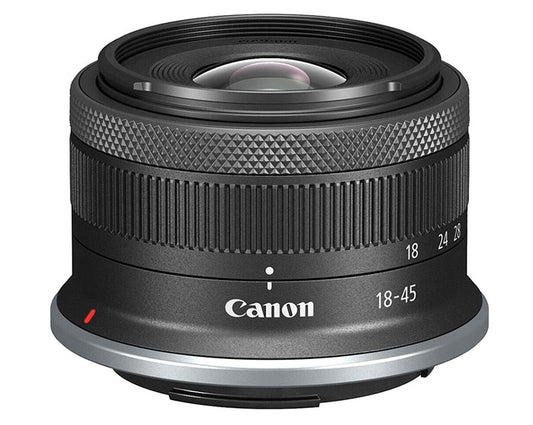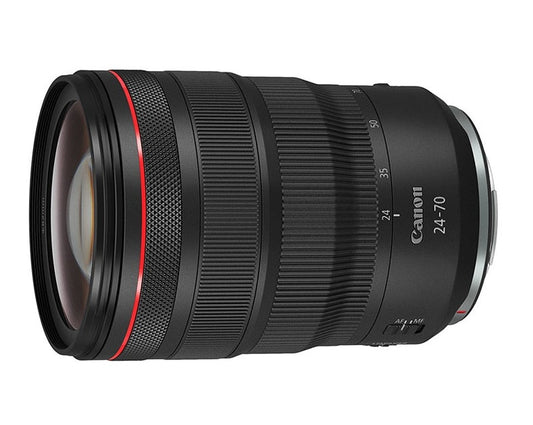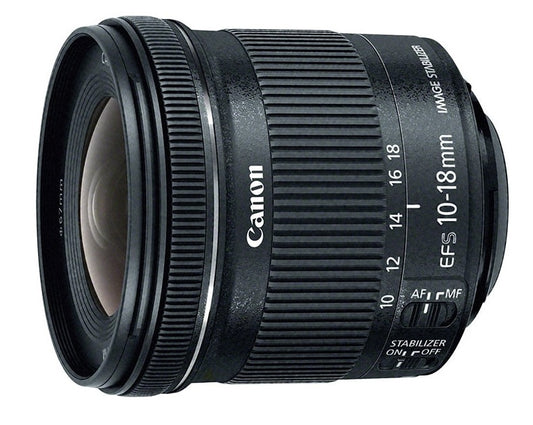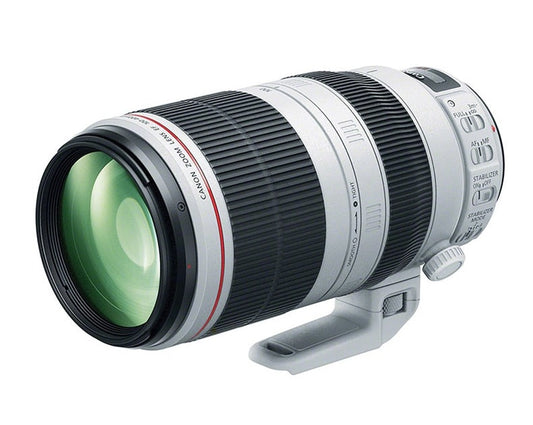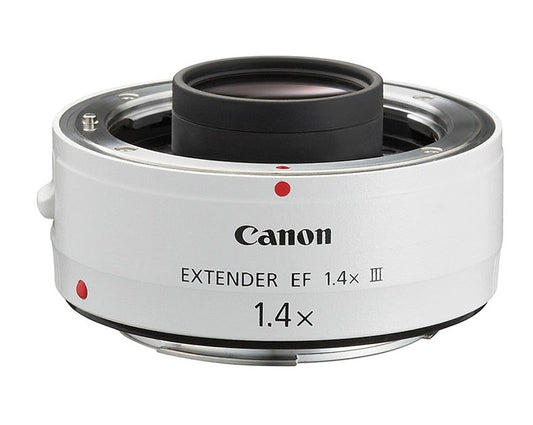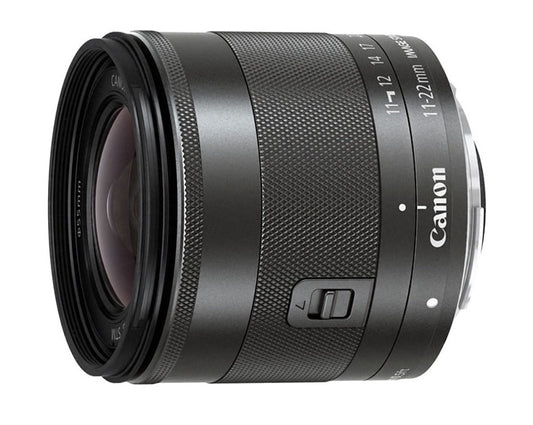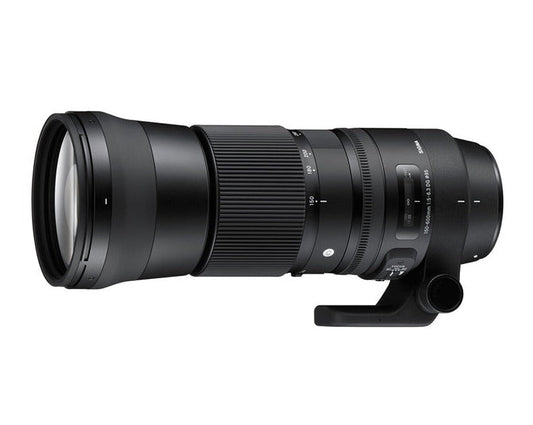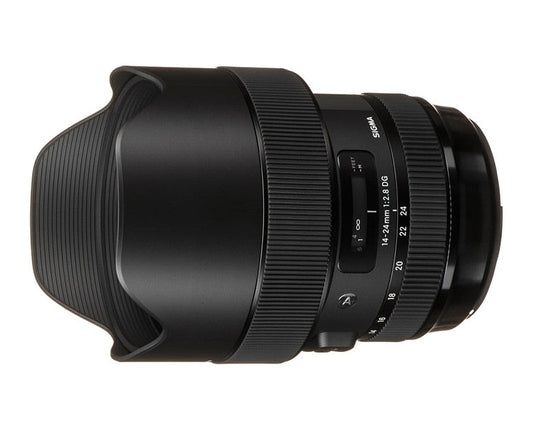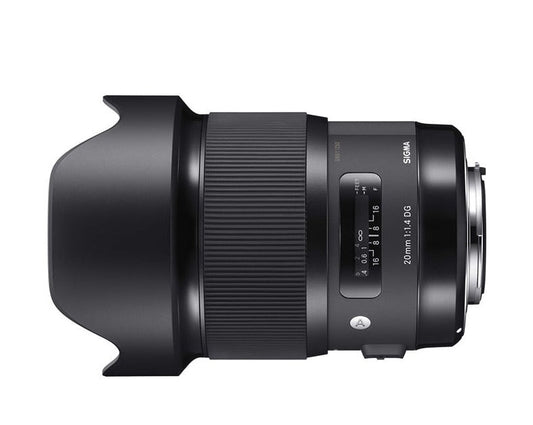Canon M50 Review: The Best Mid-Range Mirrorless Camera in 2023
The Canon M50 is a mirrorless camera that has been widely popular among beginners and enthusiasts. It was first released in February 2018 and since then, it has been a go-to camera for many people. In this review, we will discuss the features, pros, and cons of the Canon M50.
Features
The Canon M50 is a versatile camera that comes with a range of features that make it suitable for different types of photography. It has a 24.1-megapixel APS-C CMOS sensor, which provides high-resolution images with excellent detail. It also has a DIGIC 8 image processor, which allows for fast processing of images and videos.
The Canon M50 has a 3-inch vari-angle touchscreen LCD display that allows you to easily adjust your settings and view your photos and videos. It also has an electronic viewfinder that provides a clear and bright view of your subject.
One of the unique features of the Canon M50 is its Dual Pixel CMOS AF system, which provides fast and accurate autofocus. It has 143 AF points that cover almost the entire frame, ensuring that your subject is always in focus.
The Canon M50 is also capable of shooting 4K UHD videos at 24 frames per second, which is great for capturing high-quality video content. It also has a built-in time-lapse feature that allows you to create stunning time-lapse videos.

Pros
- Lightweight and compact: The Canon M50 is a lightweight and compact camera that is easy to carry around.
- Great image quality: The 24.1-megapixel APS-C CMOS sensor and DIGIC 8 image processor provide excellent image quality.
- Fast and accurate autofocus: The Dual Pixel CMOS AF system ensures that your subject is always in focus.
- 4K UHD video: The Canon M50 can shoot 4K UHD videos at 24 frames per second.
- Time-lapse feature: The built-in time-lapse feature allows you to create stunning time-lapse videos.
Cons
- Limited battery life: The Canon M50 has a battery life of approximately 235 shots per charge, which is lower than some of its competitors.
- No in-body stabilization: The Canon M50 does not have in-body stabilization, which can be a disadvantage for shooting handheld video.
- Limited lens selection: The Canon M50 has a limited lens selection compared to some of its competitors.
- No headphone jack: The Canon M50 does not have a headphone jack, which can make it difficult to monitor audio when shooting video.
- No weather sealing: The Canon M50 is not weather-sealed, which means it is not suitable for shooting in harsh weather conditions.
Canon M50 Specs
The Canon M50 boasts an impressive set of specs that make it a powerful and versatile camera for a wide range of photography needs. Here's a quick rundown of the key specs:
- 24.1-megapixel APS-C CMOS sensor
- DIGIC 8 image processor
- Dual Pixel CMOS AF with 143 AF points
- 10 frames per second continuous shooting
- ISO range of 100-25600 (expandable to 51200)
- 4K UHD video recording at 24p and 25p
- 3.0-inch vari-angle touchscreen LCD
The Canon M50's APS-C CMOS sensor delivers high-resolution images with excellent color reproduction and low noise, making it a great option for both stills and video. The DIGIC 8 image processor provides fast and efficient image processing, while the Dual Pixel CMOS AF system allows for quick and accurate autofocus performance.
The Canon M50's 10 frames per second continuous shooting and ISO range of 100-25600 (expandable to 51200) also make it a great option for capturing fast-moving action and low-light photography.

Canon M50 Lenses
One of the advantages of the Canon M50 is its compatibility with Canon's extensive range of lenses, including EF and EF-S lenses with the use of an adapter. This provides users with a wide range of lens options to choose from, allowing them to achieve different looks and styles in their photography.
Here are some popular lens options for the Canon M50:
- Canon EF-M 15-45mm f/3.5-6.3 IS STM: A versatile standard zoom lens that is great for everyday photography.
- Canon EF-M 22mm f/2 STM: A compact and lightweight prime lens that is great for street photography and portraits.
- Canon EF-M 55-200mm f/4.5-6.3 IS STM: A telephoto zoom lens that is great for sports and wildlife photography.
- Canon EF 50mm f/1.8 STM: A classic prime lens that is great for portraits and low-light photography.
In addition to Canon lenses, there are also a number of third-party lenses that are compatible with the Canon M50, including lenses from Tamron and Sigma.

Canon M50 Mark II
In late 2020, Canon released the Canon M50 Mark II, an updated version of the popular Canon M50. While the two cameras share many similarities, there are also some key differences between the two models.
Here are some of the key differences between the Canon M50 and Canon M50 Mark II:
- Autofocus: The Canon M50 Mark II features improved autofocus performance, with eye detection autofocus and tracking AF for both stills and video.
- Video recording: The Canon M50 Mark II now supports vertical video recording, as well as the ability to record at up to 60p in Full HD.
- Live streaming: The Canon M50 Mark II includes a new live streaming feature that allows users to stream directly from the camera to YouTube.
- Connectivity: The Canon M50 Mark II includes support for Wi-Fi, Bluetooth, and a new USB microphone, making it a more versatile camera for content creators.
While these updates are certainly welcome, it's important to note that the Canon M50 Mark II doesn't represent a significant upgrade over the original Canon M50. If you're already a Canon M50 owner, it may not be worth upgrading to the Mark II model.
Canon M50 vs Canon M50 Mark II
Now that we've looked at the key differences between the Canon M50 and Canon M50 Mark II, let's compare these two cameras side-by-side:
- Sensor: Both cameras feature the same 24.1-megapixel APS-C CMOS sensor.
- Image processor: Both cameras feature the same DIGIC 8 image processor.
- Autofocus: While the original Canon M50 has 143 autofocus points, the Canon M50 Mark II features 143 autofocus points with eye detection autofocus and tracking AF for both stills and video.
- Video recording: The original Canon M50 can shoot 4K video at 24p and 25p, while the Canon M50 Mark II can shoot 4K video at 24p, as well as Full HD video at up to 60p.
- Live streaming: Only the Canon M50 Mark II has a live streaming feature.
- Price: The original Canon M50 is currently priced at around $600, while the Canon M50 Mark II is priced at around $700.
Overall, the Canon M50 Mark II offers some notable improvements over the original Canon M50, particularly in the areas of autofocus and video recording. However, if you're on a tight budget or already own the original Canon M50, it may not be worth upgrading to the Mark II.
Comparison to Competitors
The Canon M50 competes with other mid-range mirrorless cameras such as the Sony a6400 and the Fujifilm X-T30. When compared to these cameras, the Canon M50 has a smaller APS-C sensor compared to the Sony a6400's 24.2-megapixel APS-C sensor and the Fujifilm X-T30's 26.1-megapixel APS-C sensor. However, the Canon M50 has a more affordable price point compared to its competitors.
In terms of autofocus, the Canon M50's Dual Pixel CMOS AF system is faster and more accurate compared to the Sony a6400's autofocus system. However, the Fujifilm X-T30 has a more advanced autofocus system with 425 AF points.
When it comes to video capabilities, the Canon M50 and Sony a6400 both shoot 4K UHD video, but the Fujifilm X-T30 only shoots 4K video at 30 frames per second. The Sony a6400 and Fujifilm X-T30 both have in-body image stabilization, which the Canon M50 lacks.
Overall, the Canon M50 provides a great balance of features and affordability, making it a great option for beginners and enthusiasts who want a reliable and easy-to-use camera for everyday use.

Tips for Using the Canon M50
- Use the touchscreen: The vari-angle touchscreen display makes it easy to adjust your settings and focus on your subject.
- Shoot in RAW format: Shooting in RAW format allows for more flexibility when editing your photos.
- Experiment with different lenses: While the Canon M50 has a limited lens selection, there are still a variety of lenses available that can help you achieve different looks and styles.
- Use the time-lapse feature: The built-in time-lapse feature can help you create stunning time-lapse videos with ease.
- Consider investing in a tripod: Since the Canon M50 lacks in-body image stabilization, using a tripod can help ensure that your shots are stable and in focus.

Astrophotography Capabilities of the Canon M50
Astrophotography is a specialized genre of photography that requires a camera with specific features such as low-light sensitivity, long exposure capabilities, and a fast autofocus system. The Canon M50 is a great option for astrophotography enthusiasts who want a lightweight and affordable camera that can capture stunning images of the night sky.
One of the key features of the Canon M50 that makes it ideal for astrophotography is its low-light sensitivity. With a maximum ISO of 25,600, the Canon M50 is able to capture clear and detailed images in low-light conditions. This is particularly useful when shooting the night sky, where there is very little available light.
In addition to its low-light sensitivity, the Canon M50 also has a fast autofocus system that is essential for capturing sharp images of the stars. The camera's Dual Pixel CMOS AF system is able to quickly and accurately focus on the stars, making it easier to capture stunning images of the night sky.
The Canon M50 also has a range of features that are specifically designed for astrophotography, including a long exposure mode that allows for exposures up to 30 seconds. This is particularly useful when shooting star trails or capturing the movement of the stars over time.
Another useful feature of the Canon M50 for astrophotography is its electronic viewfinder, which allows users to see a real-time preview of their image. This is particularly useful when shooting in low-light conditions, as it can be difficult to see the subject through the camera's LCD screen.
When it comes to lenses for astrophotography, the Canon M50 is compatible with a range of lenses that are suitable for capturing the night sky. One of the most popular lenses for astrophotography is the Rokinon 14mm f/2.8 lens, which provides a wide angle of view and a fast aperture for capturing detailed images of the night sky.
Additionally, the Canon M50 also has a built-in intervalometer that can be used to capture time-lapse videos of the night sky. This feature is particularly useful when shooting star trails or capturing the movement of the stars over time.
When it comes to processing astrophotography images, the Canon M50 has a range of options. The camera's RAW file format allows for greater flexibility in post-processing, while the camera's built-in noise reduction system helps to reduce image noise in low-light conditions.
There are also a range of software options available for processing astrophotography images taken with the Canon M50. Popular software options include Adobe Lightroom and Photoshop, as well as specialized astrophotography software such as DeepSkyStacker and StarStax.
One important consideration for astrophotography with the Canon M50 is the camera's battery life. Long exposure shots and time-lapse videos can drain the camera's battery quickly, so it's important to have spare batteries on hand when shooting the night sky.
The Canon M50 is a great option for astrophotography enthusiasts who want a lightweight and affordable camera that can capture stunning images of the night sky. Its low-light sensitivity, fast autofocus system, and range of astrophotography features make it a great option for capturing the beauty of the night sky.

Conclusion
The Canon M50 is a versatile and easy-to-use camera that provides great image quality and fast autofocus. It is a great option for beginners and enthusiasts who want a lightweight and compact camera for everyday use. However, it does have some limitations, such as a limited battery life, no in-body stabilization, and limited lens selection. Overall, the Canon M50 is a great mid-range mirrorless camera that offers a good balance of features and affordability.

Overall, the Canon M50 is a great option for astrophotography enthusiasts who want a lightweight and affordable camera that can capture stunning images of the night sky. Its low-light sensitivity and range of astrophotography features make it a great option for capturing the beauty of the night sky. Whether you're shooting star trails, the Milky Way, or the Northern Lights, the Canon M50 is a great camera to have in your astrophotography toolkit
More Camera Topics:
- When Was the Camera Invented?
- Who Invented The Camera?
- What is ISO in Photography
- Best Planetary and Lunar Cameras
- Astronomy Camera Color or Mono
- Mirrorless Camera vs DSLR
- Nikon D5600 Review
- Canon EOS R6 Review
- Best Lens for Astrophotography Canon
- Best Lens for Astrophotography Nikon
- Best Lens for Astrophotography Sony A7iii
- Best Lens for Astrophotography Fujifilm
- Best Lenses for Astrophotography
- Best Camera for Astrophotography
- Astrophotography Camera Settings

